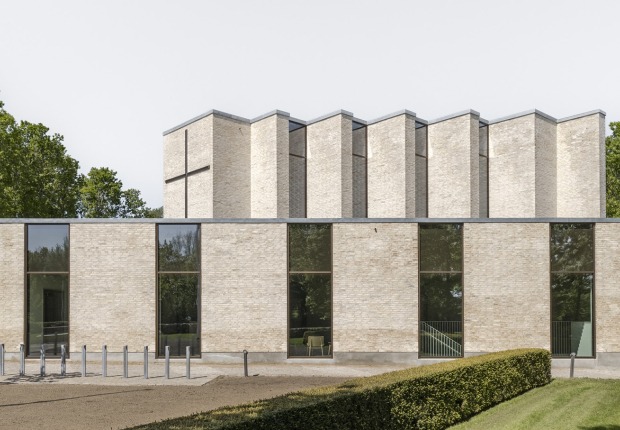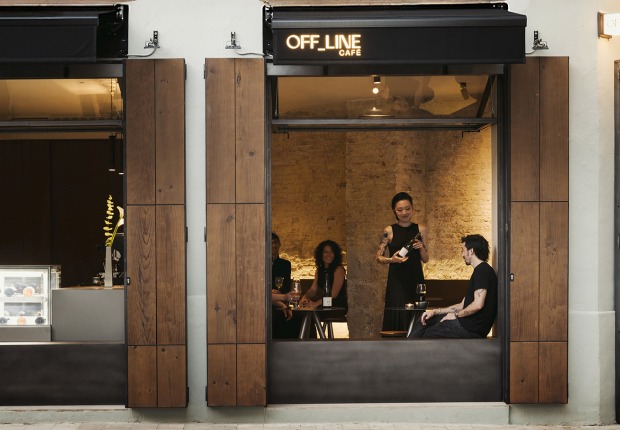On the occasion of the venice Biennale reprint of the book "Álvaro Siza. Viagem sem Programa", dedicated to the famous portughese architect.
After the successful results achieved with the first edition, the book “Álvaro Siza. Viagem sem Programa” has been reprinted and can now be found in major bookshops. The publication is dedicated to portraits and to travel drawings that the Portuguese architect executed over a period of sixty years. A range of sketchbooks and folders with a selection of drawings from Siza’s private archive is also available.
The book – authored by Raul Betti and Greta Ruffino and published by Red Publishing – deals with the most intimate part of Siza’s life. In a charming first-person narrative, it presents 53 exceptional drawings selected personally by Siza from countless diaries and sketchbooks, taking the reader from Porto towards the end of the fifties where Siza started to make his way in the world of architecture and then on to current themes such as project ethics or the crisis that currently besets the historical centres of our cities.
Álvaro Siza – who as a child dreamed of becoming a fireman, an opera singer, and then a sculptor – talks about his most important encounters with persons and colleagues with whom he established long-lasting relationships both in terms of professional dealings and as friends.
And it is especially in the company of friends that Siza loved to draw the great many portraits, and self-portraits not lacking in irony, included in the publication. Siza’s eidetic memory enables his drawings to narrate – with the immediacy of a snapshot – the social events he shared in the company of his closest friends including Eduardo Souto de Moura, Fernando Tavora, Alcino Soutinho, Vittorio Gregotti, Gabriele Basilico and many others.
“I like to draw.. It helps me to relax and to shake off the stress and the concentration on work, especially during those periods with endless deadlines to meet - comments the Portuguese architect - Drawing frees you. The advantage of drawing is that it lets you be analytical and, at the same time, feel the environment”.
The book also includes portraits of family members executed in his youth and drawings recalling Siza’s many trips throughout the world in places like Brazil, Cape Verde, Cuba, India, and the United States. It unfolds a succession of dreams, memories, and faces of unknown persons and all the friends encountered in that extraordinary “journey without a plan”, which is life itself.
The book’s two authors consider “It was a privilege to select these drawings together with Alvaro Siza. Their beauty is further enhanced by the high quality print and paper used to produce the book as well as the range of notebooks and folders”.
“It involved an in-depth study on the materials and a digital image restoration process for the older drawings that – continue the authors – enabled enhancing every line traced with an ink pen or a simple ballpoint or pencil”.
TECHNICAL DATA.-
BOOK.-
Álvaro Siza - Viagem Sem Programa - Interview and Portraits.
Edited by Greta Ruffino e Raul Betti.
Languages.- Italian / English / Spanish / Portuguese.
Pages.- 168 – Paperback.
Format.- 21 x 29,7 cm.
DRAWINGS FOLDER.-
Álvaro Siza - Viagem Sem Programa - Drawings.
Selection of 10 drawings and sketches made by architect Álvaro Siza.
Format.- 43 x 30,5 cm.
NOTEBOOKS.-
Álvaro Siza - Viagem Sem Programa - Notebook
3 notebooks to draw, write notes and ideas.
Pages.- 64 – Binding - Singer Sewn – hand-cut.
Size.- 14,5 x 20,5 cm.
































